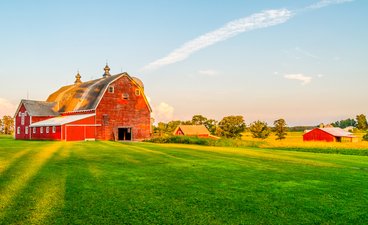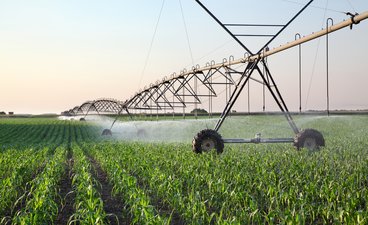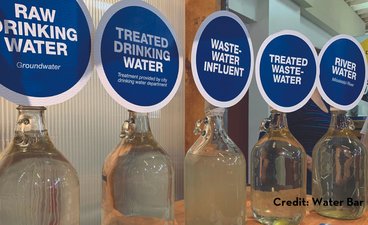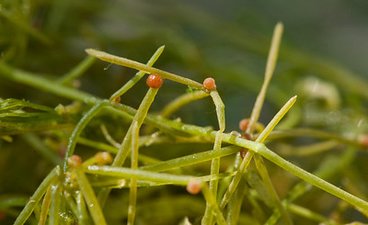
Minnesota springs are getting wetter. What’s at stake for farmers?
by Bailey Tangen and Anna Cates
Climate change is projected to change the timing, frequency, and severity of spring precipitation in Minnesota, and farmers might notice those changes first. Increases in number and quantity of rains are expected early in the growing season in southern Minnesota, where acres of corn and soybean dominate the landscape. Besides increasing the risk of water erosion in these fields, erratic rain patterns cause a lot of stress to farmers looking to plant corn and soybeans in May.

Investigating the effects of intensive agricultural irrigation on tribal resources in Central Minnesota
by Philip Margarit and Leslie Ludtke
The 1855 Treaty Territory overlaps partially with the Pineland Sands Aquifer System (Pineland Sands) in Central Minnesota. This region is important culturally, ecologically, and economically, including the headwaters of the Mississippi River and numerous trout streams, recreational lakes, and wild rice water bodies important to the Anishinaabe.

The problem with water
John Bilotta, a research project specialist with the Water Resources Center, leads the Minnesota Stormwater Research and Technology Transfer Program and shares his insights on water pollutants.

On tap
Water remains abundant in Minnesota, but concerns are growing about access to safe drinking water in all parts of the state. A team led by the WRC has brought together experts across science, engineering, economics, and policy disciplines to evaluate the need for managed aquifer recharge.

A different kind of trek
WRS student Nichole Angell’s master’s project looks at aquatic invasive species prevention practices completed by boaters and trained watercraft inspectors.